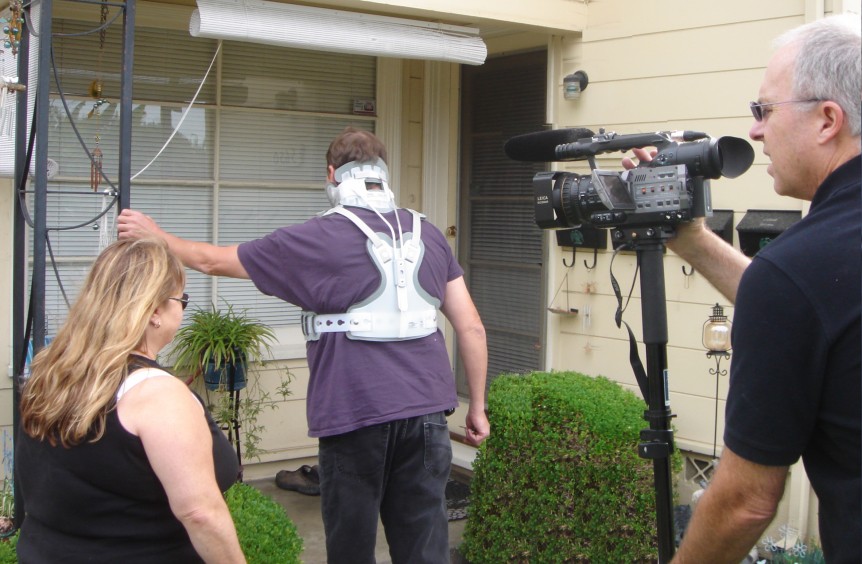Litigators can easily use advances in video technology to sway jurors with day in the life video courtroom presentations. Since the early 1970’s Day in the life videos, otherwise known as daily activities videos, have been presented as in-court demonstratives for personal injury cases. In years past, these video presentations required an overwhelming amount of equipment to be set in the courtroom and may have demanded a designated technician to manage looming mechanical failures. These requirements came with a steep price tag. Thanks to technological advances, it no longer costs up to $3,000 per day to run electronic presentations in the courtroom. With the advent of video compression technology and trial presentation software, the ability to playback day in the life videos right from a laptop or iPad has made these video demonstratives easier and more affordable to use than ever.
However, easier to use and more affordable does not necessarily make one’s demonstrative video more compelling, probative or even admissible. Creating an effective day in the life video can be challenging and if your videographer is not experienced with filming these types of videos, you may run into a real problem. Not only do certain camera angles and shots need to be avoided as per the rules of admissibility, but there are hours of day in the life footage that need to be processed. To whittle those hours into a 12-15 minute video presentation while maintaining the probative story of your client’s injuries as required by the court, can be vexing. Only a videographer experienced in admissibility of these matters can guarantee that the investment in your client’s day in the life video is actually permitted to be presented to the jury.
As technology advancements have spurred a decrease in costs for courtroom video presentations in trial, so have prices plummeted for tools of the video trade. Whereas it once cost $30,000 or more for a professional video camera and up to $100,000 for professional editing equipment, today an entire professional system can be purchased for a fraction of what it once cost. But before you run out to buy your own video camera and editing equipment for a do-it-yourself legal video presentation, take heed to the following warning.
Equipment can be purchased, manuals can be read and weekend classes can be attended, but it is nearly impossible for a weekend warrior to learn the innate skills an experienced professional videographer possesses. One cannot necessarily teach how to develop the art of the ‘trained eye’, or teach how to anticipate and film an upcoming action. Nor can the art of storytelling be mastered on the first pass; just compare any amateur video on YouTubeTM to prime time television programming and you can see and hear the differences.
By the same token, you need to be aware that just because someone owns video equipment and hawks their wares as producing legal videos does not mean they can effectively deliver a cohesive, logical and persuasive video presentation that educates jurors about the impact the injury in question has had on your client’s life. This is where you conduct your due diligence requesting exemplar videos and references of whomever you decide to hire for your client’s legal video work.
The overall cost of legal video presentations has also decreased significantly. Depending on the complexity of a case, day in the life videos can run from as little as $2,500 to $4,500. If you are paying more than that, you are paying too much.

